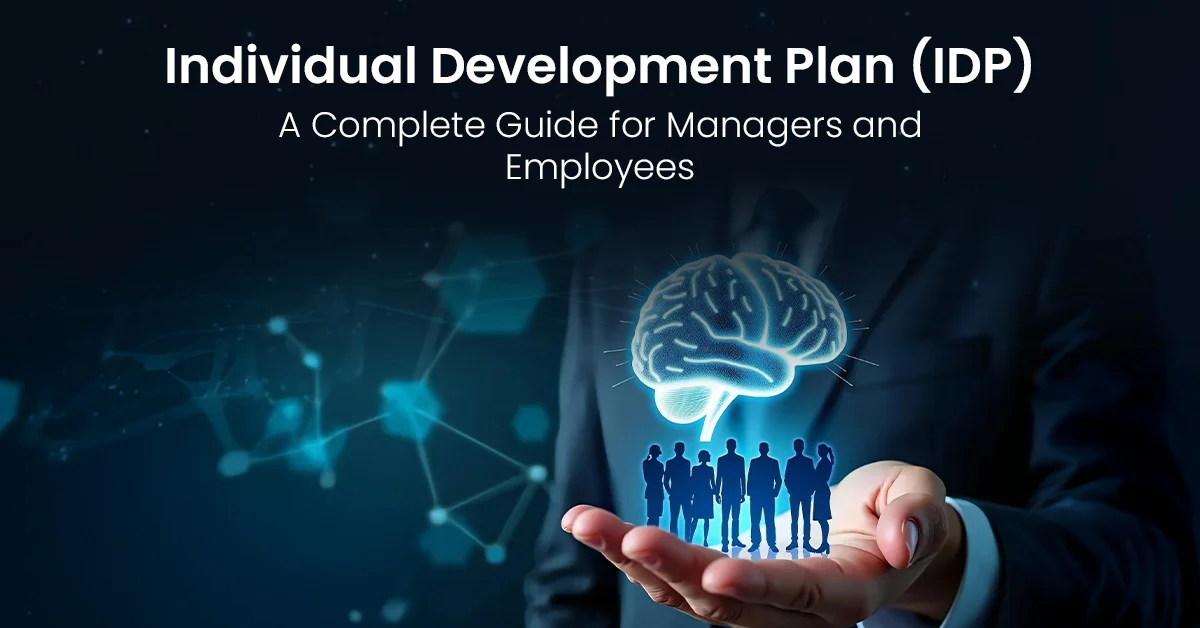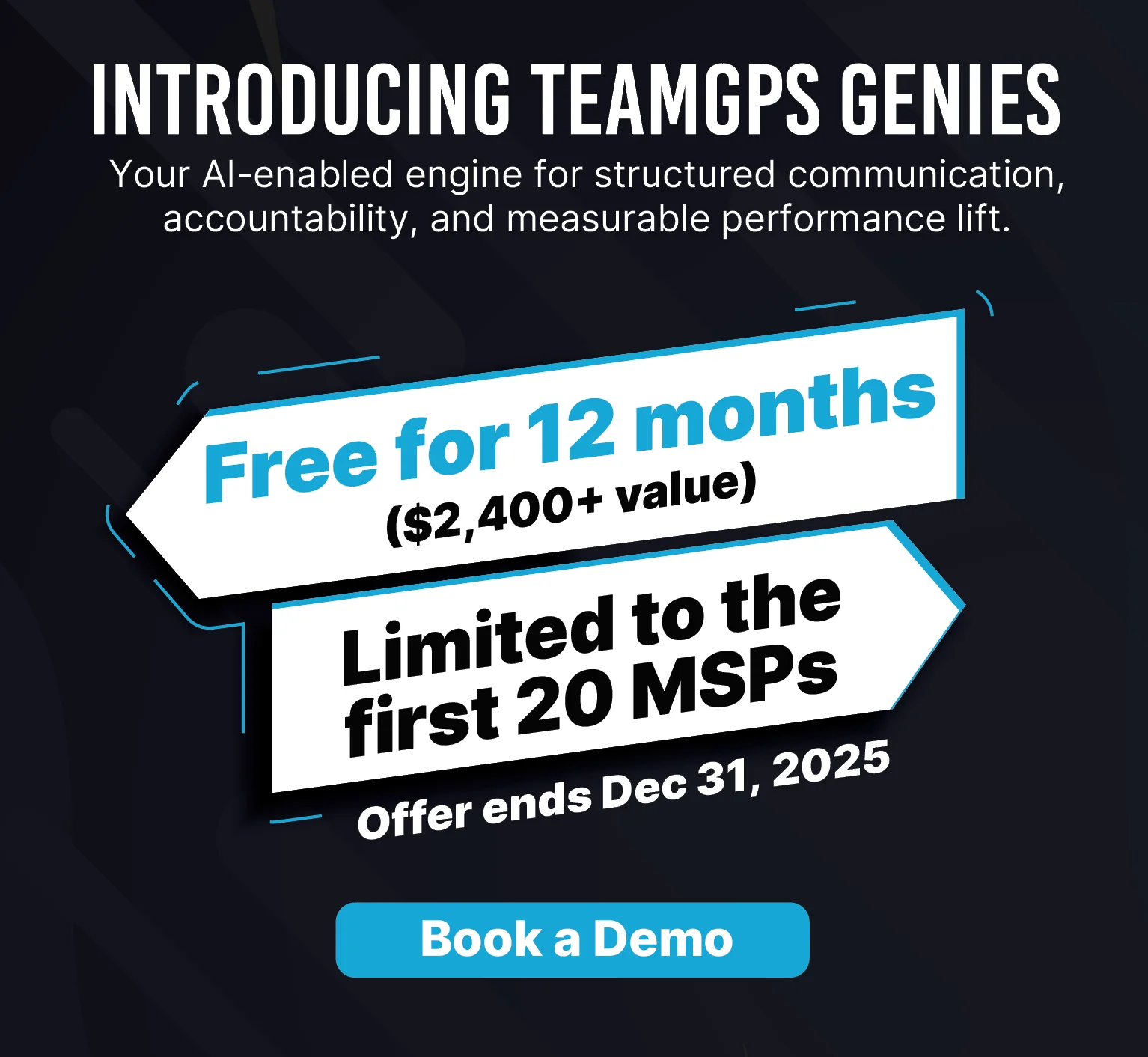Let’s talk about something that’s quietly killing workplace morale: the lack of growth opportunities. Recent studies show that 94% of employees would stay at a company longer if it invested in their career development [LinkedIn’s 2023 Workplace Learning report]. Yet here we are in 2025, with organizations still treating professional development like an afterthought.
Enter the individual development plan; a simple yet powerful tool that transforms how employees grow and how managers lead. When paired with the right Employee Satisfaction Software, IDPs become the secret weapon for retention, engagement, and building teams that want to show up on Monday mornings.
What is an Individual Development Plan?
Think of an individual development plan as your career’s GPS. You know where you are, you know where you want to go, and now you need the route mapped out with clear directions.
Definition and Core Purpose
An individual development plan is a collaborative document created between you and your manager that outlines your career goals, identifies skill gaps, and establishes a concrete action plan to bridge those gaps. It’s not a performance review. It’s not a wish list. It’s a strategic roadmap for professional growth that benefits both the employee and the organization.
The core purpose? To create alignment between what you want to achieve and what the company needs. It’s where personal ambition meets organizational strategy, and when done right, everyone wins.
Key Components of an Employee Development Plan
Every solid employee development plan includes:
- Clear career goals (both short-term and long-term)
- Current skills inventory (what you’re already good at)
- Development areas (where you need to grow)
- Actionable steps (the actual work you’ll do)
- Timeline and milestones (when things happen)
- Resources needed (training, mentorship, tools)
- Success metrics (how you’ll measure progress)
Why Do You Need an Individual Development Plan?
An Individual Development Plan helps employees set clear, achievable goals for their career development. It turns broad ambitions into specific milestones with timelines and success metrics, so progress is visible and trackable. By aligning goals with business priorities and manager feedback, it creates accountability and sustained momentum.
Benefits for Employees
- Clarity over chaos: An individual development plan gives you a tangible path forward instead of hoping someone notices your hard work. You’ll know exactly what skills to develop, what experiences to gain, and what milestones to hit for your next promotion.
- Accountability that works for you: When your personal growth plan is documented, you’re more likely to follow through. It’s like having a workout plan versus randomly showing up at the gym and hoping for results.
- Increased engagement: Employees with clear development plans report higher engagement scores. When you see progress, you feel valued. When you feel valued, you care more.
Benefits for Managers and Organizations
- Retention becomes predictable: The cost of replacing an employee range from 50% to 200% of their annual salary. An employee development plan is cheaper than recruiting, onboarding, and training someone new.
- Succession planning made easy: When everyone has an individual development plan, you can see your talent pipeline clearly. Who’s ready for leadership? Who needs more time? No more guessing.
- Performance improvement with purpose: While an individual development plan differs from a performance improvement plan, it creates a culture where growth is expected, not just corrective action.
The Business Impact
Research shows that companies with strong learning cultures see 57% higher employee retention compared to those with moderate learning cultures [LinkedIn’s 2023 Workplace Learning report]. When employees grow, businesses grow. It’s really that simple.
How to Create an Effective Employee Development Plan
Creating an individual development plan isn’t rocket science, but it does require intentionality. Here’s how to do it right.
Step 1: Conduct a Self-Assessment
Start with brutal honesty. What are you genuinely good at? Where do you struggle? What energizes you? What drains you?
Use your past performance reviews, feedback from colleagues, and your own gut instinct. List your strengths, weaknesses, interests, and values. This isn’t about impressing anyone; it’s about understanding your starting point.
Step 2: Define Clear Career Goals
“I want to grow” is not a goal. “I want to become a senior marketing manager within 18 months” is.
Use the SMART framework:
- Specific: What exactly do you want to achieve?
- Measurable: How will you know you’ve achieved it?
- Achievable: Is this realistic given your current situation?
- Relevant: Does this align with your career vision and company needs?
- Time-bound: When will this happen?
Break goals into short-term (6-12 months) and long-term (2-5 years) objectives.
Step 3: Identify Development Areas
Now comes the gap analysis. What skills do you need that you don’t currently have? Look at job descriptions for roles you want. Talk to people already in those positions. Research industry trends.
Your personal growth plan should address both technical skills (hard skills specific to your field) and soft skills (communication, leadership, emotional intelligence).
Step 4: Create Your Action Plan
This is where your individual development plan gets tangible. For each development area, list:
- Specific activities (courses, certifications, stretch projects)
- Resources needed (budget, time, mentorship)
- Timeline (start date, milestones, completion date)
- Success indicators (how you’ll know it worked)
Example: “To improve data analysis skills, I will complete the Google Data Analytics certificate by June 2025, apply techniques to two departmental projects by August, and present findings to leadership by September.”
Step 5: Schedule Regular Reviews
An employee development plan that sits in a drawer is worthless. Schedule quarterly check-ins with your manager to:
- Review progress on goals
- Adjust timelines if needed
- Celebrate completed milestones
- Address obstacles proactively
- Set new objectives as you grow
What Should Be Included in an IDP Template?
A comprehensive individual development plan template should capture:
- Employee and manager information (names, roles, department)
- Date created and review schedule
- Current role summary
- Career aspirations (1-year, 3-year, 5-year goals)
- Strengths to leverage
- Development needs and priorities
- Specific objectives with SMART goals
- Action steps with owners and deadlines
- Required resources and support
- Progress tracking section
- Manager and employee signatures
Keep it simple. Complexity kills execution.
Individual Development Plan Examples by Role
IDP examples help make the abstract concrete. Here’s what they might look like:
1: Entry-Level Employee
- Goal: Transition from junior analyst to analyst within 12 months
- Development needs: Advanced Excel, data visualization, presentation skills
- Action steps: Complete LinkedIn Learning courses, shadow senior analysts, present at team meetings
2: Mid-Career Professional
- Goal: Move from individual contributor to team lead within 18 months
- Development needs: People management, conflict resolution, strategic thinking
- Action steps: Leadership training program, mentorship with current manager, lead cross-functional project
3: Technical Specialist
- Goal: Become subject matter expert in cloud architecture
- Development needs: AWS certification, hands-on migration experience
- Action steps: Complete AWS Solutions Architect certification, lead two cloud migration projects, publish internal documentation
How is an IDP Different from a Performance Improvement Plan?
Let’s clear this up because the confusion is real.
- An individual development plan is proactive, growth-focused, and voluntary. It’s about helping good employees become great. It’s future-oriented and aspirational.
- A performance improvement plan (PIP) is reactive, corrective, and often mandatory. It addresses current performance gaps that need immediate fixing. It’s typically the step before termination.
Can they overlap? Sure. An employee on a PIP might also have an individual development plan for long-term growth. But the purposes are fundamentally different. One says, “you’re not meeting standards,” while the other says, “let’s help you reach the next level.”
Conclusion: Transform Your Workforce with Team GPS, An Employee Satisfaction Software
Here’s the reality: creating and tracking individual development plans across an entire organization is challenging. Spreadsheets get lost. Conversations are forgotten. Timelines slip. Good intentions fade.
Team GPS, Employee Satisfaction Software solves this by automating and streamlining the entire employee development plan process. Here’s why your company needs it:
- Streamlined IDP Management: No more hunting for documents or recreating plans from scratch. Team GPS centralizes every individual development plan in one intuitive platform.
- Real-Time Progress Tracking: See who’s crushing their development goals, who’s stuck, and where interventions are needed before small issues become retention problems.
- Data-Driven Insights: Identify skill gaps across teams, optimize training investments, and build succession plans based on actual data rather than assumptions.
- Increased Employee Satisfaction: When employees see their personal growth plan is prioritized with dedicated tools and resources, satisfaction and loyalty skyrocket. Our clients report up to 40% improvement in retention rates.
- Seamless Integration: Team GPS works with your existing HR systems, making implementation effortless and adoption natural.
Don’t let another talented employee leave because they couldn’t see their future with you.
Schedule a free Team GPS demo today and discover how our Team GPS, an employee satisfaction software can revolutionize your approach to individual development plans, boost retention, and create a culture where every employee has a clear roadmap to success.
Your future leaders are already on your team; help them see their path forward.
Frequently Asked Questions (FAQs) About IDP
Q: How do I create an individual development plan?
A: Start with self-assessment, define SMART career goals, identify skill gaps with your manager, create an action plan, and schedule regular progress reviews; ideally quarterly.
Q: What is the difference between IDP and performance review?
A: IDPs focus on future development and growth opportunities, while performance reviews evaluate past work; an individual development plan is forward-looking, a review is backward-looking.
Q: How often should an IDP be updated?
A: Review your individual development plan quarterly and update it at least annually or whenever your career goals or role changes significantly.
Q: Who is responsible for creating an IDP?
A: Both employee and manager collaborate; the employee drives by identifying goals and interests, while the manager provides organizational perspective, resources, and guidance.
Q: What should be included in an individual development plan?
A: Include employee details, career goals, current skills, development areas, specific action steps with timelines, required resources, and measurable progress indicators.











